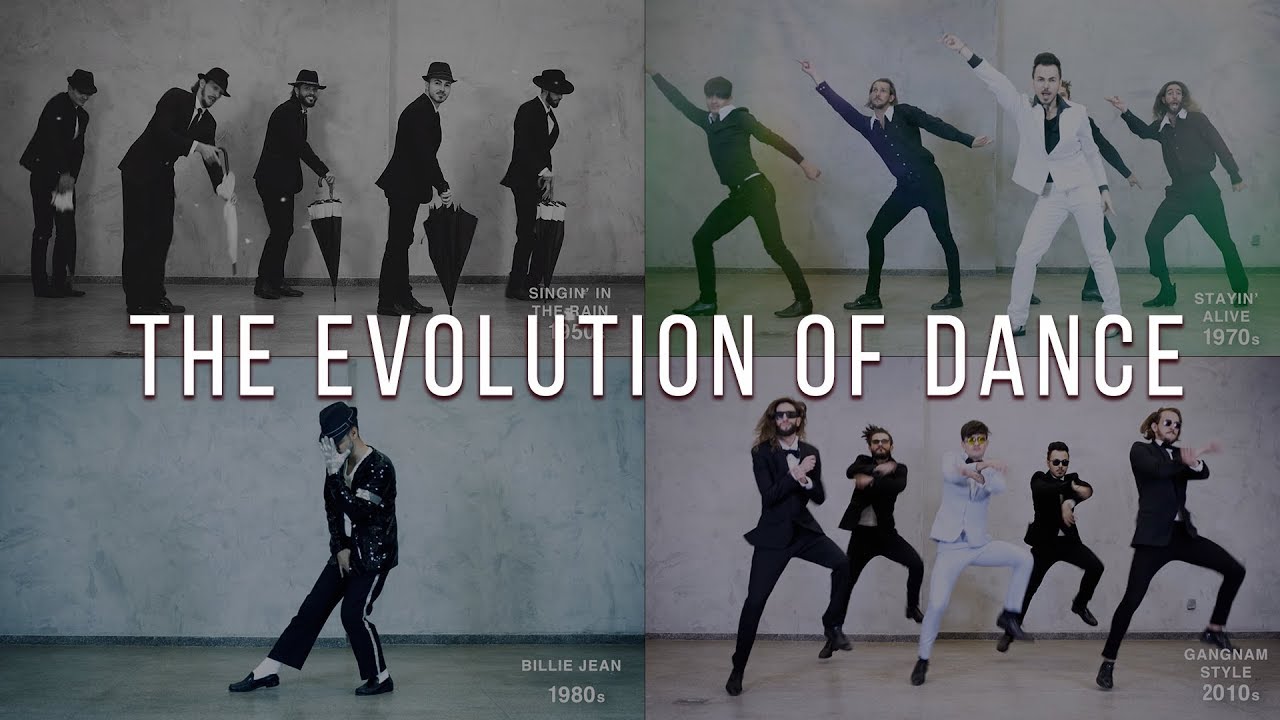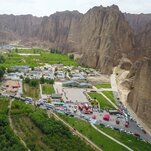Watch Metallica Play “Enter Sandman” Before a Crowd of 1.6 Million in Moscow, During the Final Days of the Soviet Union (1991)
In the years following the collapse of the Soviet Union a “triumphalist discourse” arose in the U.S., writes historian Richard Sakwa, “which suggests that the Soviet demise was a deliberate act plotted and executed by president Ronald Reagan” with massive military budgets and nuclear threats. This narrative has less exclusive currency today. There are as many theories as theorists of Soviet demise, among them the “compelling argument,” says Jim Brown, producer of a documentary called Free to Rock, “that rock and roll was a factor — a contributing factor of many — in ending the Cold War.”
It’s not a facetious claim and may have little to do, as some allege, with the CIA spreading foreign influence in the U.S.S.R. during the 1980s. A homegrown “rock subculture,” writes Carl Schreck at The Atlantic, “had been percolating in the Soviet Union for decades by the time Gorbachev came to power in 1985.”
As Metallica came to power in 1991 with The Black Album, their best-selling record — and one of the biggest selling albums of all time, worldwide — young Russians did not need to be instructed in the finer points of rocking out against authoritarianism and government control.
Never before, however, had Russian rockers gathered in the open as they did in ‘91, when the heavy metal festival Monsters of Rock stopped in Moscow for the first time since its founding in 1980, attracting a reported 1.6 million fans — one of the largest concerts in history — to see headliners AC/DC, Metallica, and Pantera. The show “was not the first time Western heavy-metal acts have played Moscow,” wrote The New York Times. “In 1989, Ozzy Osbourne, Bon Jovi and Motley Crue filled Lenin Stadium for two days to help raise money for Soviet charities.” But Monsters of Rock was something different.
Promoted as a “celebration of democracy and freedom” by its corporate sponsor, Time Warner, and arriving just a month after a failed coup attempt by Soviet hardliners, the concert was something of a successful coup for AC/DC, who “until a few years ago… were formally banned in the Soviet Union.” (One 1985 list compiled by the Young Communist League said they promoted “neofascism” and “violence.”) Soviet music critic and writer Andrei Orlov gestured toward realpolitik in a remark on the subject: “Look at the graffiti in the city. AC/DC is written on every wall.”
Even more revolutionary, in heavy metal terms, was the appearance of Metallica at second billing on the tour. It would prove to be one of several “ live coups,” for the band, K.J. Daughton writes. After their massive success on MTV with “Enter Sandman,” “Unforgiven,” and “Nothing Else Matters,” the band played several major concerts, including their “historic musical tour de force” at Tushino Airfield in Moscow. “In a video of the set,” writes Didier Cadena (watch it in full above), “one can see the ocean of people moving around and singing along, even though the majority of the crowd only knew English through the music.”
The concert was not without its moments of violence. “The brutal intervention of Soviet police left 53 people injured,” writes Daughton (see some of the official overreaction above). But these were the rattles of a dying police state. Just a few months later in December, the Soviet Union officially dissolved.
Can AC/DC or Metallica take credit? No, but they were important symbols for a wave of disaffected Russian youth the Soviet leader himself had no desire to hold back. Gorbachev, after all, was “a fan of Elvis Presley,” says Brown. “He liked rock and roll… And I think he takes pride in the fact that after wasting, you know, trillions of dollars on weapons, that words and actions and culture brought these two countries together.”
Related Content:
Josh Jones is a writer and musician based in Durham, NC. Follow him at @jdmagness
Watch Metallica Play “Enter Sandman” Before a Crowd of 1.6 Million in Moscow, During the Final Days of the Soviet Union (1991) is a post from: Open Culture. Follow us on Facebook, Twitter, and Google Plus, or get our Daily Email. And don’t miss our big collections of Free Online Courses, Free Online Movies, Free eBooks, Free Audio Books, Free Foreign Language Lessons, and MOOCs.
, In the years following the collapse of the Soviet Union a “triumphalist discourse” arose in the U.S., writes historian Richard Sakwa, “which suggests that the Soviet demise was a deliberate act plotted and executed by president Ronald Reagan” with massive military budgets and nuclear threats. This narrative has less exclusive currency today. There are as
Watch Metallica Play “Enter Sandman” Before a Crowd of 1.6 Million in Moscow, During the Final Days of the Soviet Union (1991) is a post from: Open Culture. Follow us on Facebook, Twitter, and Google Plus, or get our Daily Email. And don’t miss our big collections of Free Online Courses, Free Online Movies, Free eBooks, Free Audio Books, Free Foreign Language Lessons, and MOOCs.












